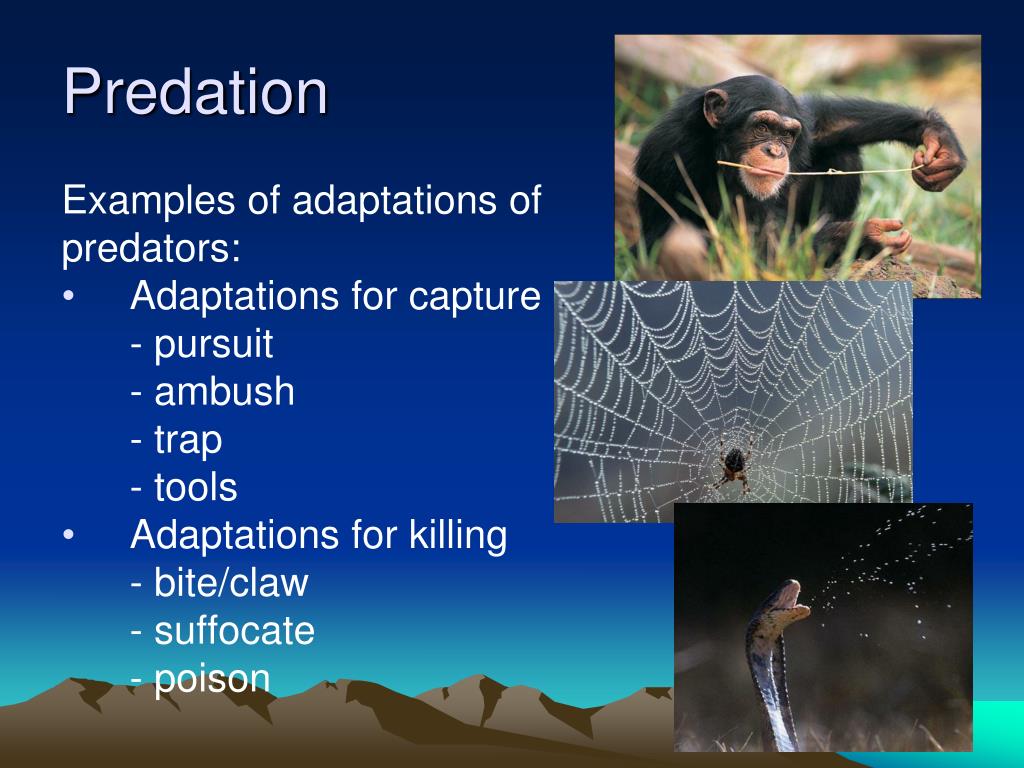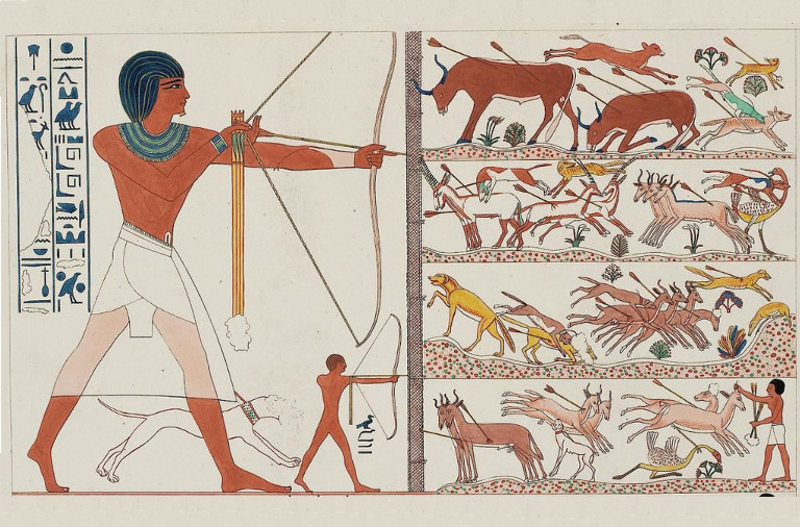
Empirical studies in vertebrates indicate that certain categories of behavior are more commonly used during encounters with particular hunting types, suggesting these behaviors may increase chances of surviving the predation attempt. Predators on the ambush end of the spectrum depend on surprise and a quick chase to bring down prey while coursing predators rely more on stamina to capture prey after long-distance pursuits. Hunting style in terrestrial predators ranges along a gradient from ambush hunting to active pursuit.

However, we still know little about which elements of predatory threat shape variation in reactive anti-predator strategies in large mammals. As predators vary in key traits which may render particular responses more or less effective, the anti-predator behaviors performed may be chosen based on the specific threat faced. Different behavioral categories are hypothesized to have contrasting functions ( Table 1), such as alerting conspecifics to imminent risk, informing predators that they have been detected, signaling high levels of physical fitness, monitoring or detecting additional predators, diluting individual predation risk, or fleeing the immediate area. These responses can broadly be categorized as defensive behaviors, visual or auditory signaling, enhanced vigilance or monitoring, and evasive actions. When encountering a predator, prey can perform a number of different behaviors to survive or mitigate a possible attack. The strong influence of prey species identity and social and environmental context suggest that these factors may interact with predator traits to determine the optimal response to immediate predation threat. Overall, our findings suggest that certain behaviors potentially facilitate survival under specific contexts and that prey responses may reflect the perceived level of predation risk, suggesting that adaptive functions to reactive anti-predator behaviors may reflect potential trade-offs to their use. Zebra and impala reacted to multiple components of predation threat, while wildebeest responded solely to capture success. Impala regulated only the intensity of their behaviors, while zebra and wildebeest changed both type and intensity of response based on predator traits. The decision to flee was the only behavior choice driven by predator characteristics (capture success and hunting style) while intensity of vigilance, frequency of alarm-calling, and flight latency were modulated based on predator hunting strategy and relative risk level.

All prey species directed longer periods of vigilance towards predators with higher capture success.

We found that the choice and intensity of anti-predator behaviors were both shaped by hunting style and relative risk factors.

coursing) while the intensity at which the behavior was performed would correlate with predator traits that contribute to the prey’s relative risk (i.e., each predator’s prey preference, prey-specific capture success, and local predator density). We hypothesized that the choice of response would be driven by a predator’s hunting style (i.e., ambush vs. We experimentally investigated behavioral decisions made by free-ranging impala, wildebeest, and zebra during encounters with model predators with different functional traits. While anti-predator strategies appear to be driven by specific predator traits, no prior studies have rigorously evaluated whether predator hunting characteristics predict reactive anti-predator responses. Large mammalian herbivores use a diverse array of strategies to survive predator encounters including flight, grouping, vigilance, warning signals, and fitness indicators.


 0 kommentar(er)
0 kommentar(er)
